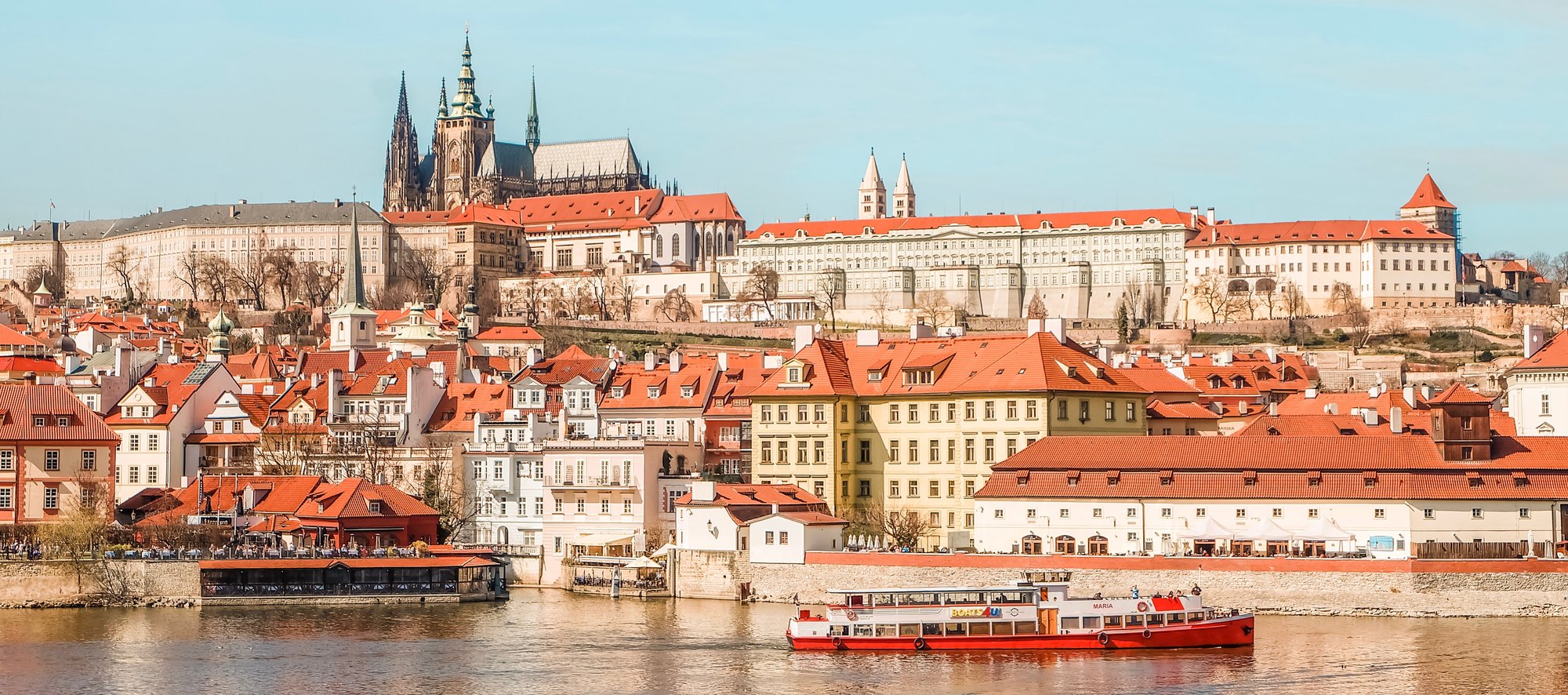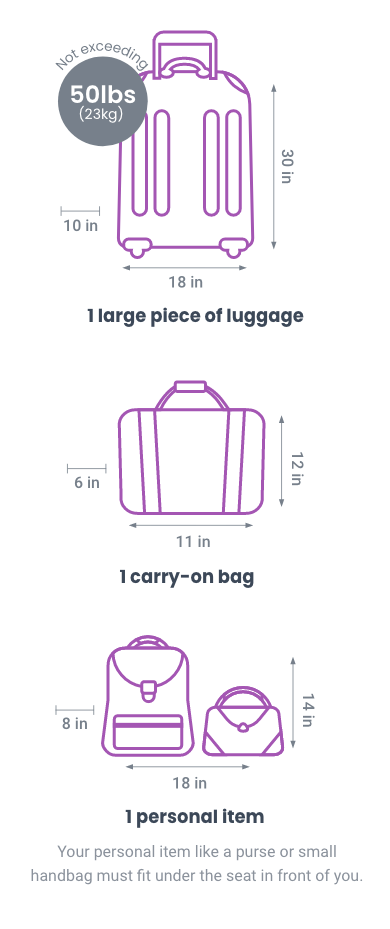About Hungary & Czech Republic
Overview
Hungary
Located in Central Europe, Hungary is a country with a rich history and vibrant cultural heritage. Budapest, the capital city often referred to as the "Pearl of the Danube," showcases stunning architecture, including the magnificent Parliament Building and the historic Buda Castle. The country is renowned for its thermal baths, where locals and visitors indulge in relaxation and rejuvenation.
- Capital City: Budapest, which is often called the "Pearl of the Danube." It is known for its stunning architecture, including the Parliament Building and Buda Castle.
- Population: approx. 9.8 million people
- Currency: Hungarian Forint (HUF). 1 HUF is divided into 100 fillér, although fillér coins are no longer in circulation.
- Time Zone: Central European Time (CET), which is UTC+1. During daylight saving time, it observes Central European Summer Time (CEST), which is UTC+2.
- Emergency Numbers:
- Police: 107
- Ambulance: 104
- Fire Service: 105
- Outlet: Europlug (Type C) and the Schuko plug (Type F). The standard voltage is 230V, and the frequency is 50Hz.
Czechia (Czech Republic)
Nestled in the heart of Europe, Czechia, formerly known as the Czech Republic, is a country of fairy-tale castles, charming towns, and captivating history. Prague, the capital city, is a living museum boasting architectural wonders like the Prague Castle, Charles Bridge, and the Astronomical Clock. Beyond Prague, the country offers a wealth of picturesque towns such as Český Krumlov and Kutná Hora, each with its own unique charm and historical significance.
- Capital City: Prague, a vibrant and historic city known for its stunning architecture, picturesque Old Town, and vibrant nightlife.
- Population: approx. 10.7 million people.
- Currency: Czech Koruna (CZK). 1 CZK is divided into 100 haleru.
- Time Zone: Central European Time (CET), which is UTC+1. During daylight saving time, it observes Central European Summer Time (CEST), which is UTC+2.
- Emergency Number:
- Police: 158
- Ambulance: 155
- Fire Service: 150
- Outlet: Europlug (Type C) and the Schuko plug (Type E). The standard voltage is 230V, and the frequency is 50Hz.


Packing List
Speak the Language
Hungarian
Greetings:
- Hello: Szia (see-yah)
- Good morning: Jó reggelt (yo reg-gelt)
- Good day/afternoon: Jó napot (yo nah-pot)
- Good evening: Jó estét (yo eh-shtayt)
- Goodbye: Viszontlátásra (vee-sont-la-tash-rah)
- See you later: Viszlát (vees-laht)
Phrases:
- Thank you: Köszönöm (ko-suh-nuhm)
- Yes: Igen (ee-gen)
- No: Nem (nem)
- Please: Kérem (keh-rem)
- Excuse me: Elnézést (el-neh-zesht)
- I'm sorry: Sajnálom (shai-na-lom)
- Do you speak English?: Beszél angolul? (beh-zel an-goh-lool)
- I don't understand: Nem értem (nem ayr-tem)
- Where is...?: Hol van...? (hol van)
- How much does it cost?: Mennyibe kerül? (men-yee-beh keh-rool)
Czech
Greetings:
- Hello: Ahoj (ah-hoy)
- Good morning: Dobré ráno (dob-reh rah-no)
- Good day/afternoon: Dobrý den (dob-ree den)
- Good evening: Dobrý večer (dob-ree vech-er)
- Goodbye: Nashledanou (nash-leh-dah-noh)
- See you later: Na shledanou (na shle-dah-noh)
Phrases:
- Thank you: Děkuji (dyeh-koo-yi)
- Yes: Ano (ah-noh)
- No: Ne (neh)
- Please: Prosím (pro-seem)
- Excuse me: S dovolením (s doh-vo-le-neem)
- I'm sorry: Omlouvám se (om-loo-vahm seh)
- Do you speak English?: Mluvíte anglicky? (mloo-vee-teh ahn-gleets-kee)
- I don't understand: Nerozumím (neh-roh-zoo-meem)
- Where is...?: Kde je...? (kdeh yeh)
- How much does it cost?: Kolik to stojí? (koh-leek toh stoh-yee)

Fun Facts
Hungary:
- Hungary is famous for its thermal baths, with over 1,000 natural springs scattered across the country.
- The Rubik's Cube, a popular puzzle toy, was invented by Hungarian architect Ernő Rubik.
- Hungary has the second-largest synagogue in the world, the Great Synagogue in Budapest.
- Hungarian cuisine features iconic dishes like goulash, lángos (fried dough), and chimney cake.
- Hungary is home to Lake Balaton, the largest lake in Central Europe, often referred to as the "Hungarian Sea."
Czechia (Czech Republic):
- The Czech Republic is known for its world-famous beer and has the highest beer consumption per capita in the world.
- Prague, the capital city, is home to the largest ancient castle in the world, the Prague Castle.
- The Charles Bridge in Prague, adorned with statues, is a historic and iconic landmark.
- The Czech Republic is the birthplace of famous personalities such as Franz Kafka, Antonín Dvořák, and Miloš Forman.
- Kutná Hora, a town in the Czech Republic, is renowned for its unique bone chapel, decorated with human bones.
Tipping
Tipping Suggestions: Tips for Guides, drivers, and restaurants are not included. Tips provide supplemental income, and, while not mandatory, are greatly appreciated. If the local teams have added to the experience, please reward them.
| Guides | USD $10-15 per person/per day | |
| Drivers | USD $5-10 per person/per day | |
| Restaurants | 10-20% of total bill |
FAQ
Where can I find information on travel safety? Check out the US Department of State's website for Hungary and the Czech Republic for the most up-to-date information on safety while traveling. To minimize the risk of pickpocketing it is recommended to be discreet: don’t flash anything of value, keep a firm hand on your camera, and carry shoulder bags slung across your body. Overall it’s a good idea to avoid badly lit areas completely at night and deserted inner-city areas by day.
Is the water safe to drink? Yes, the water throughout Hungary and the Czech Republic is safe to drink.
Do I need a Visa? For Visa information, visit these links for Hungary and the Czech Republic. Make sure your passport is valid for at least six months after you return home and has two or more blank pages. Otherwise, some countries may not let you enter.
What about vaccines? For vaccination information, visit these links for Hungary and the Czech Republic.
Do you recommend travel insurance? While not required, we highly recommend all travelers get travel insurance for their trip to protect themselves from the unknown! Check out travel insurance options from our partner, worldnomads.com, or from a provider of your choice.
How much should I pack? As we will be using shared transfers and spaces throughout our tour we recommend all travelers pack as lightly as possible. Please review our luggage restrictions below.
What does public transportation look like?
Budapest has a Metro:
Tickets or passes must be bought before boarding; you cannot buy them from the driver (except on the night bus network). They are available at Metro stations, tobacconists, and newsagents, and from vending machines at many bus and tram stops in the city center. The single tickets are valid for one single journey of any length (without changing) on all routes (including the Cogwheel Railway, but excluding those parts of the HÉV that lie outside the metropolitan boundary of Budapest). Special tickets can be purchased that allow a change of route, and that cover the HÉV outside Budapest. There is also a range of pre-paid books of tickets and value-for-money passes on sale.
Bratislava has busses and trams:
Remember to purchase an appropriate ticket before using the services and mark it inside the tram or (trolley)bus. You cannot buy the travel ticket from the bus driver; however it is possible to do so at the yellow coin-operated machines situated at most of the stops, newspaper stands, and tourist information offices. Student and children tickets have a 50% discount (you need a valid ISIC card). At some stops, these machines are missing so it might be a good idea to have some spare ticket in your purse. One ticket can be used for any kind of Bratislava public transport but there are tickets with a different validity.
Prague public transport is an integrated service, which means you can use the same public transport group tickets for the metro, trams, buses, funicular, and even the ferryboats.
You can purchase the Prague public transport tickets online, or purchase the Prague Integrated Transport (PID) tickets from vending machines located at the entrance of metro stations and some bus or tram stops. PID tickets are also available at train stations, but only in stations that are larger and closer to Prague.
Keep in mind that for the Prague Integrated Transport (PID) tickets to work, it must be validated using the stamp machine or validator that you can find near the vending machines. If you’re taking a bus or tram, you can see the stamp machine inside. The stamp machine has a slot where you must place the ticket for it to be stamped and validated. When you hear a beep, that means your Prague Integrated Transport (PID) tickets have been validated. After removing your paper ticket from the stamp machine, always check if there’s a stamp of validation on it to avoid paying for violation fees. PID tickets only need to be validated once.
What about Wifi? You should have very good access while in cities and towns. In parks or rural areas, reception can be spotty.
Luggage Restrictions
.jpg)


